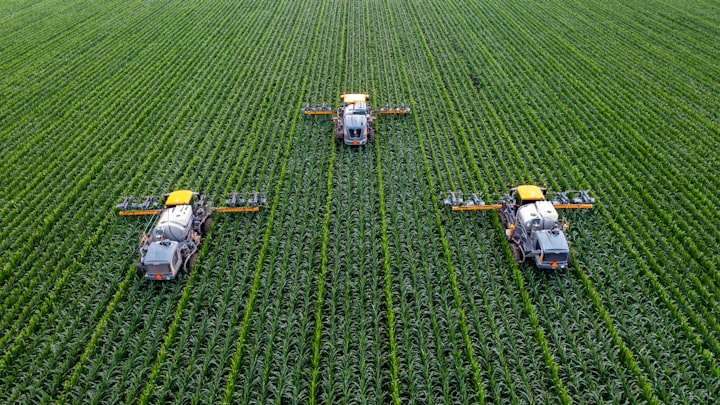Scope 3 Emissions in the Automotive Sector: An Expert's Analysis of Supplier Dynamics Amidst the Transition to Sustainable Mobility

The automotive industry, a linchpin of global manufacturing and transportation, stands at the crossroads of innovation and sustainability. As the world accelerates towards a future of sustainable mobility, the industry's environmental footprint, especially its Scope 3 emissions, comes under the spotlight. This article offers a deep dive for sustainability professionals, exploring the intricate dynamics of supplier relationships, evolving consumer preferences, and the multifaceted regulatory landscape.
1. Dissecting the Scope 3 Conundrum in Automotive:
The automotive sector's Scope 3 emissions are vast and varied:
- Raw Material Procurement: The extraction and processing of metals, plastics, and other materials used in vehicle manufacturing.
- Parts Manufacturing: Emissions from the production of components, from engines to electronics, by third-party suppliers.
- Vehicle Use: Emissions from the combustion of fuels in internal combustion engine vehicles by end-users.
- End-of-life: The emissions associated with vehicle disposal, recycling, or repurposing.
2. Supplier Dynamics: The Greening of the Supply Chain:
The automotive supply chain is undergoing a green transformation:
- Sustainable Materials: A shift towards using recycled or bio-based materials in vehicle manufacturing.
- Electrification: As the industry moves towards electric vehicles (EVs), the carbon footprint associated with battery production and sourcing becomes pivotal.
- Lean Manufacturing: Adopting practices that reduce waste, optimize resource use, and minimize emissions in the production process.
3. The Evolving Consumer Landscape:
Consumer preferences are driving change in the automotive sector:
- Preference for EVs: A growing demand for electric vehicles due to environmental concerns and regulatory incentives.
- Shared Mobility: The rise of car-sharing and ride-hailing platforms, reducing the demand for individual car ownership.
- Eco-friendly Features: Demand for vehicles with features that reduce environmental impact, such as energy-efficient air conditioning or eco-driving modes.
4. The Regulatory Landscape:
The automotive sector faces a dynamic regulatory environment:
- Emissions Standards: Stricter regulations on tailpipe emissions, pushing manufacturers towards cleaner technologies.
- Incentives for EVs: Tax breaks, subsidies, and other incentives to promote the adoption of electric vehicles.
- Circular Economy Mandates: Regulations focusing on the recyclability and repurposing of vehicles at the end of their life cycle.
5. Charting the Path Forward:
For visionary automotive manufacturers:
- Collaborative R&D: Joint initiatives focusing on sustainable vehicle technologies, from hydrogen fuel cells to solid-state batteries.
- Consumer Engagement: Educating consumers about sustainable driving practices, vehicle maintenance, and end-of-life disposal.
- Industry Alliances: Forming partnerships with energy providers, tech companies, and other stakeholders to co-create a sustainable mobility ecosystem.
In Summation:
The automotive industry, once emblematic of the fossil fuel era, is now at the forefront of the sustainability revolution. As it grapples with its Scope 3 emissions, the sector is also pioneering innovations that promise a future of clean, efficient, and sustainable mobility. For sustainability experts, the automotive landscape offers a blend of challenges and opportunities, a realm where technology, policy, and consumer behavior converge. With strategic vision, collaborative spirit, and a commitment to innovation, the automotive sector can lead the transition to a sustainable future on the move.




Comments ()